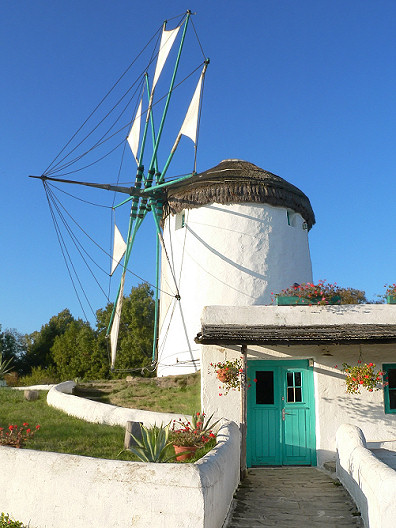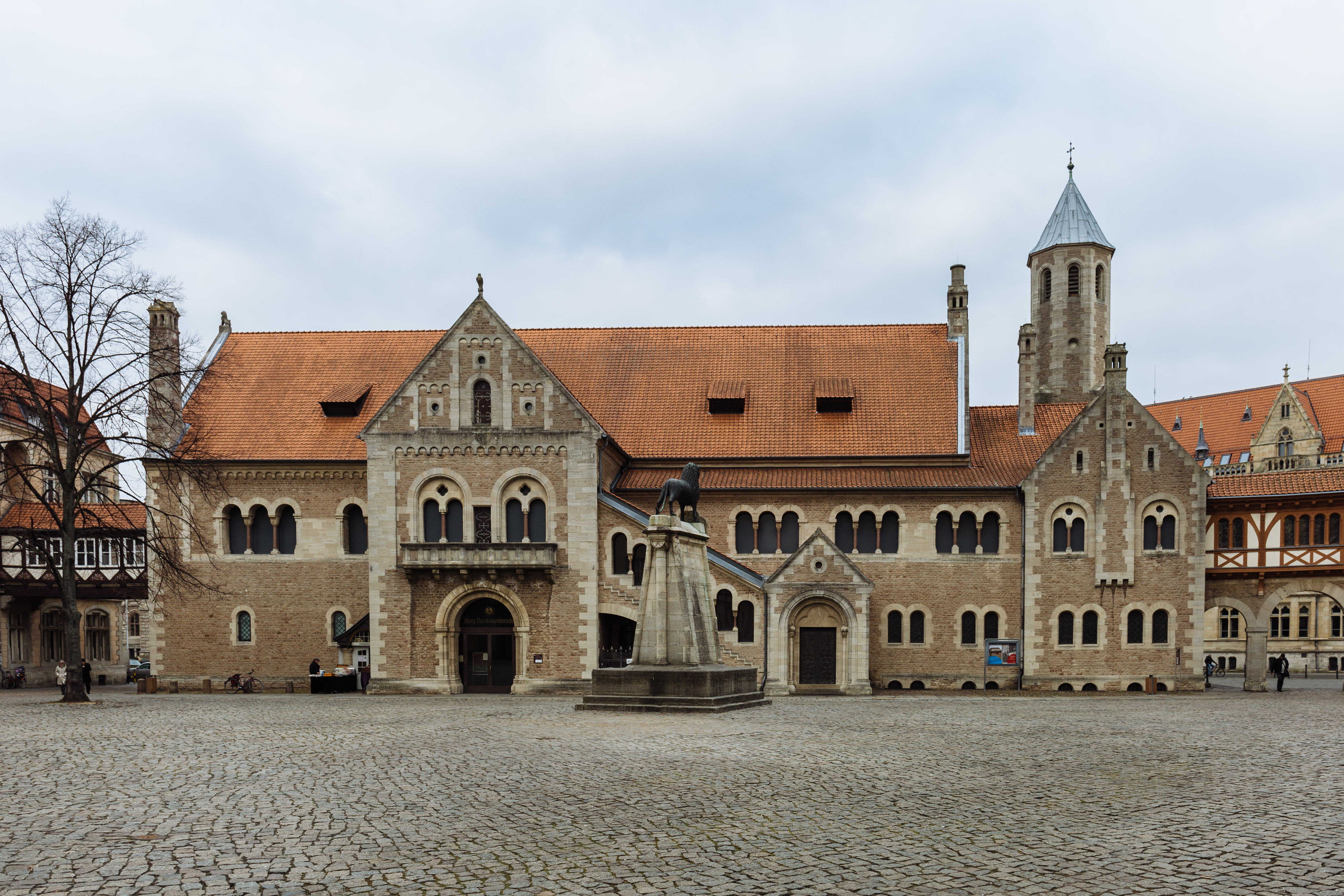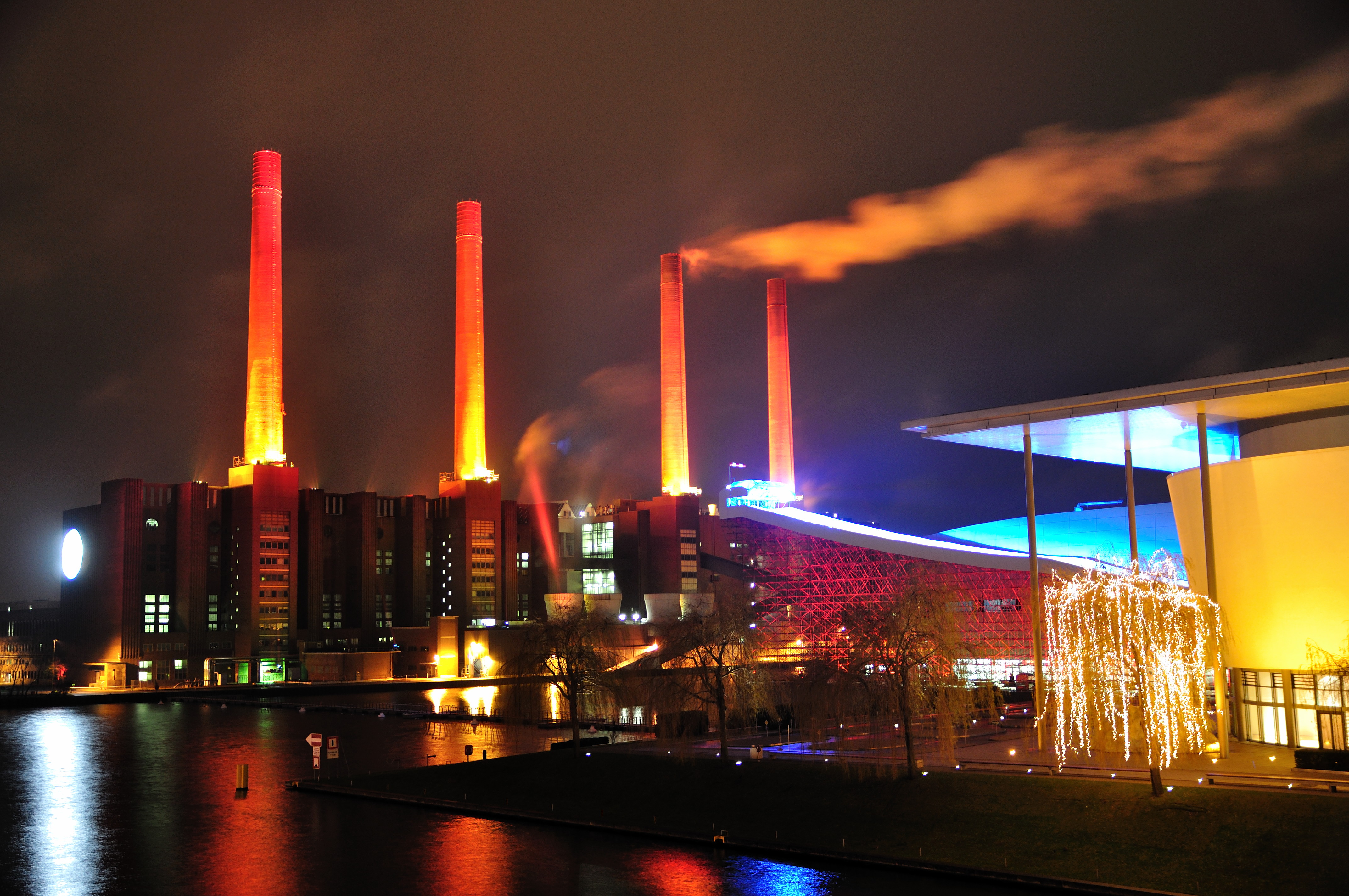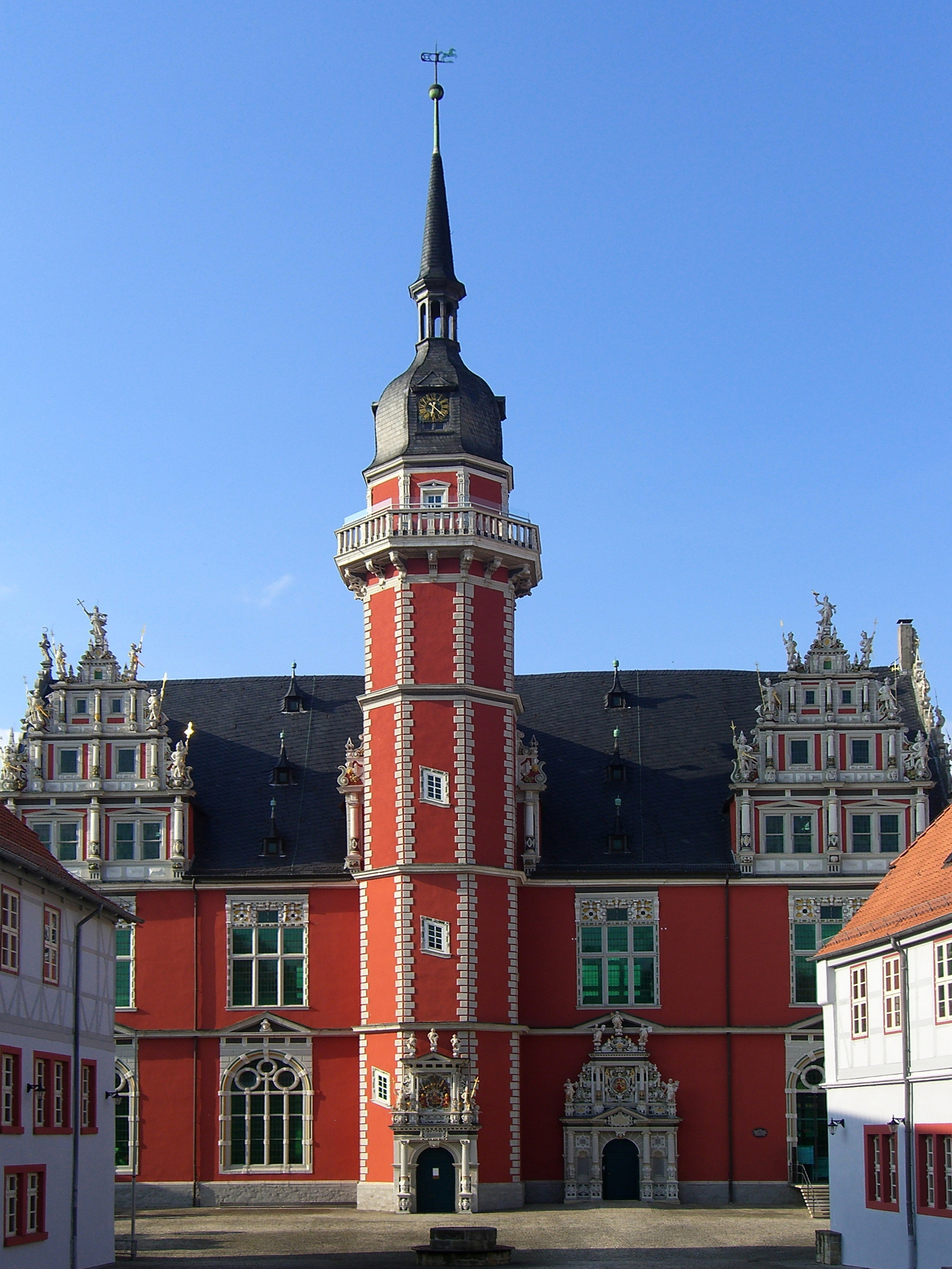|
Gifhorn
Gifhorn () is a town and capital of the district of Gifhorn (district), Gifhorn in the east of Lower Saxony, Germany. It has a population of about 42,000 and is mainly influenced by the small distance to the more industrial and commercially important cities nearby, Braunschweig, Brunswick and Wolfsburg. Further, Gifhorn is part of the Hanover-Brunswick-Göttingen-Wolfsburg Metropolitan Region. The Municipality Gifhorn includes the villages of Gamsen, Gifhorn, Kästorf, Neubokel, Wilsche and Winkel. Sights Gifhorn is home to the International Wind- and Watermill Museum, which contains a comprehensive collection and working replicas of the world's most common windmills. The castle in the town centre was built in a Weser Renaissance style from 1526 to 1533. ''Kavalierhaus'' (Cavalier House) is a renaissance building dating from 1546. Saint Nicolai Church is a baroque aisleless church which was built from 1734 to 1744. Around the Market Place various well-preserved half-timbered houses ... [...More Info...] [...Related Items...] OR: [Wikipedia] [Google] [Baidu] |
International Wind- And Watermill Museum
The International Windmill, Wind- and Watermill Museum (), at Gifhorn in the German state of Lower Saxony, is the only one of its kind in Europe. On the museum's open-air site, which covers an area of around , there are currently 16 mills from 12 different countries (as at 2009). The mills are either original or faithful reproductions and are set in landscapes typical of their origins. Right across the site are historic artefacts associated with mills and the milling industry. The museum site is easily accessed by road; nearby is the intersection between the Bundesstraße 4, B 4 and Bundesstraße 188, B 188 federal highways. The museum is station 65 on the Lower Saxon Mill Road. Museum origins The history of the mill museum is closely linked to its founder and owner, Horst Wrobel. In 1965 he discovered an old post mill that was still working, on the Elm (ridge), Elm ridge at Abbenrode during an outing. Horst Wrobel made a replica of the mill at a scale of 1:25 and then collec ... [...More Info...] [...Related Items...] OR: [Wikipedia] [Google] [Baidu] |
Ise (river)
The Ise is a long, almost natural river of East Lower Saxony and Saxony-Anhalt, Germany. It crosses the Gifhorn (district), district of Gifhorn from north to south and discharges into the Aller (Germany), Aller at Gifhorn itself. Course The source of the Ise lies at a height of above Normalnull, sea level and its mouth at . Its slope of 0.05% is very gentle. The waters of the Ise flow via the Aller and Weser into the North Sea. The Ise is formed west of Neuekrug in Saxony-Anhalt, immediately on the old Inner German border with Lower Saxony, by the confluence of several small streams. In this Lower Saxony border region the river often runs dry in summer, but below the point where it is joined by the Rade ditch (''Graben'') its water flow is more consistent. From there the Ise flows by the villages of (a district of Wittingen), (a district of Wittingen), (a district of Obernholz), Hankensbüttel, Alt Isenhagen (a district of Hankensbüttel), (a district of Wittingen), Sch� ... [...More Info...] [...Related Items...] OR: [Wikipedia] [Google] [Baidu] |
Aller (Germany)
The Aller () is a river in the states of Saxony-Anhalt and Lower Saxony in Germany. It is a right-hand, and hence eastern, tributary of the Weser and is also its largest tributary. Its last form the Lower Aller federal waterway (). The Aller was extensively straightened, widened and, in places, Levee, dyked during the 1960s to provide flood control of the river. In a section near Gifhorn, the river meanders in its natural river bed. History Meaning of the name The river's name, which was recorded in 781 as ''Alera'', in 803 as ''Elera'', in 1096 as ''Alara'', has two possible derivations: # A shortened form of ''*Eleraha'', where ''*Eler'' in Old German ''*olisa'' or Proto-Slavic language, Old Slavic ''olsa'' (Polish: ''olsza'') would mean ''Erle'' ("alder") and ''aha'' (pronounced in German: ''Acha'') is an old word frequently used in river names to mean "water" (cf. the Latin ''aqua''). The name of the tree passed into Low German as ''Eller'', which is very close to th ... [...More Info...] [...Related Items...] OR: [Wikipedia] [Google] [Baidu] |
Gifhorn (district)
Gifhorn () is a district in Lower Saxony, Germany. Geography The district is located at the border of Saxony-Anhalt and extends from the southern edge of the Lüneburg Heath () in the north to the suburbs of Braunschweig and Wolfsburg in the south. The Aller (Germany), Aller River enters the district in the southeast, runs through the town of Gifhorn, is joined by the Ise (river), Ise and Oker river and leaves the district in the west. The southern terminus of the Elbe Lateral Canal at the Mittellandkanal is at Edesbüttel in the district. It is bounded by (from the south and clockwise) the district of Helmstedt (district), Helmstedt, the cities of Wolfsburg and Braunschweig (city), Braunschweig, the districts of Peine (district), Peine, Hanover (district), Hanover, Celle (district), Celle and Uelzen (district), Uelzen, and by the state of Saxony-Anhalt (districts of Altmarkkreis Salzwedel and Börde (district), Börde). The lowest point of the administrative district Gifhorn l ... [...More Info...] [...Related Items...] OR: [Wikipedia] [Google] [Baidu] |
Otto-Hahn-Gymnasium
Europaschule Otto-Hahn-Gymnasium is a '' Gymnasium'' (high school) in Gifhorn, Lower Saxony, Germany Germany, officially the Federal Republic of Germany, is a country in Central Europe. It lies between the Baltic Sea and the North Sea to the north and the Alps to the south. Its sixteen States of Germany, constituent states have a total popu .... It is the first Gymnasium in Gifhorn and was founded in 1950 as a private school named "Höhere Privatschule Gifhorn" (''Higher Private School Gifhorn''). Easter 1954, the school became a public school. In 1969 the school was renamed in its today's name, "Otto-Hahn-Gymnasium". As of 2005 it had 1,456 students and about 115 teachers and student teachers. See also * Humboldt-Gymnasium External links School website(in German) Educational institutions established in 1950 Gymnasiums in Germany Schools in Lower Saxony Gifhorn 1950 establishments in West Germany {{Germany-school-stub ... [...More Info...] [...Related Items...] OR: [Wikipedia] [Google] [Baidu] |
Lower Saxony
Lower Saxony is a States of Germany, German state (') in Northern Germany, northwestern Germany. It is the second-largest state by land area, with , and fourth-largest in population (8 million in 2021) among the 16 ' of the Germany, Federal Republic of Germany. In rural areas, Northern Low Saxon and Saterland Frisian language, Saterland Frisian are still spoken, though by declining numbers of people. Lower Saxony borders on (from north and clockwise) the North Sea, the states of Schleswig-Holstein, Hamburg, , Brandenburg, Saxony-Anhalt, Thuringia, Hesse and North Rhine-Westphalia, and the Netherlands. Furthermore, the Bremen (state), state of Bremen forms two enclaves within Lower Saxony, one being the city of Bremen, the other its seaport, Bremerhaven (which is a semi-exclave, as it has a coastline). Lower Saxony thus borders more neighbours than any other single '. The state's largest cities are the state capital Hanover, Braunschweig (Brunswick), Oldenburg (city), Oldenburg, ... [...More Info...] [...Related Items...] OR: [Wikipedia] [Google] [Baidu] |
Humboldt Gymnasium
Europaschule Humboldt-Gymnasium is a '' Gymnasium'' (high school) in Gifhorn, Lower Saxony, Germany. It is the second high school in the town after Otto-Hahn-Gymnasium and was founded in 1979. As of 2002 it had about 1000 students and 70 teachers, making it one of the largest schools in the district. Its headmaster is Michael Weiß. History The school was awarded the title "Europaschule" or "European school" in 1998. In 2009, the school won the 361-Degree Tolerance competition, which was started by YouTube, and which had the German chancellor, Angela Merkel Angela Dorothea Merkel (; ; born 17 July 1954) is a German retired politician who served as Chancellor of Germany from 2005 to 2021. She is the only woman to have held the office. She was Leader of the Opposition from 2002 to 2005 and Leade ..., as patron. References External links School website(in German) {{coord, display=title Educational institutions established in 1979 Schools in Lower Saxony Gifhorn ... [...More Info...] [...Related Items...] OR: [Wikipedia] [Google] [Baidu] |
Braunschweig
Braunschweig () or Brunswick ( ; from Low German , local dialect: ) is a List of cities and towns in Germany, city in Lower Saxony, Germany, north of the Harz Mountains at the farthest navigable point of the river Oker, which connects it to the North Sea via the rivers Aller (Germany), Aller and Weser. In 2024, it had a population of 272,417. The Braunschweig-Wolfsburg-Salzgitter region had 1.02 million residents including the cities Wolfsburg and Salzgitter, it is the second largest urban center in Lower Saxony after Hanover. The urban agglomeration of Braunschweig had a population of 551,000 with almost 45% having a migration background, making it the most diverse urban agglomeration in the whole Niedersachsen, state. The city consists of 37.5% immigrants (approximately 102,000) with a high amount of migrants coming from other European countries, Asia and Africa. 73% of the Germans residing in Braunschweig come from different parts of the country, particularly North Rhine West ... [...More Info...] [...Related Items...] OR: [Wikipedia] [Google] [Baidu] |
Wolfsburg
Wolfsburg (; Eastphalian language, Eastphalian: ''Wulfsborg'') is the fifth-largest city in the Germany, German state of Lower Saxony, on the river Aller (Germany), Aller east of Hanover and west of Berlin. Wolfsburg is famous as the location of Volkswagen AG's headquarters and, until it was overtaken by Gigafactory Texas, Tesla Gigafactory Texas in 2022, Wolfsburg Volkswagen Plant, the world's biggest car plant. The Autostadt is a visitor attraction next to the Volkswagen factory that features the company's model range: Audi AG, Audi, Bentley Motors, Bentley, Bugatti Automobiles S.A.S., Bugatti, Ducati, Automobili Lamborghini S.p.A., Lamborghini, MAN SE, MAN, Neoplan, Porsche AG, Porsche, Scania AB, Scania, SEAT, S.A., SEAT, Škoda Auto and Volkswagen Commercial Vehicles. Wolfsburg is one of the few German cities built during the first half of the 20th century as a planned community, planned city. From its founding on 1 July 1938 as a company town, home for workers producin ... [...More Info...] [...Related Items...] OR: [Wikipedia] [Google] [Baidu] |
Lüneburg Heath
Lüneburg Heath (, ) is a large area of heath (habitat), heath, geest, and woodland in the northeastern part of the state of Lower Saxony in northern Germany. It forms part of the hinterland for the cities of Hamburg, Hanover and Bremen and is named after the town of Lüneburg. Most of the area is a nature reserve (Germany), nature reserve. Northern Low Saxon is still widely spoken in the region. Lüneburg Heath has extensive areas, and the most yellow of heath (habitat), heathland, typical of those that covered most of the North German countryside until about 1800, but which have almost completely disappeared in other areas. The heaths were formed after the Neolithic period by overgrazing of the once widespread forests on the poor sandy soils of the geest, as this slightly hilly and sandy terrain in northern Europe is called. Lüneburg Heath is therefore a historic cultural landscape. The remaining areas of heath are kept clear mainly through grazing, especially by a North Germ ... [...More Info...] [...Related Items...] OR: [Wikipedia] [Google] [Baidu] |
Weser Renaissance
Weser Renaissance is a form of Northern Renaissance architectural style that is found in the area around the River Weser in central Germany and which has been well preserved in the towns and cities of the region. Background Between the start of the Reformation and the Thirty Years War the Weser region experienced a construction boom, in which the Weser, playing a significant role in the communication of both trade and ideas, merely defined the north–south extent of a cultural region that stretched westwards to the city of Osnabrück and eastwards as far as Wolfsburg. Castles, manor houses, town halls, residential dwellings and religious buildings of the Renaissance period have been preserved in unusually high density, because the economy of the region recovered only slowly from the consequences of the Thirty Years War and the means were not available for a baroque transformation such as that which occurred to a degree in South Germany. Origin of the term The term, coin ... [...More Info...] [...Related Items...] OR: [Wikipedia] [Google] [Baidu] |
John, Duke Of Brunswick-Lüneburg
John ( – 13 December 1277), a member of the House of Welf, was Duke of Brunswick-Lüneburg from 1252 until his death. He initially reigned jointly with his brother, Albert the Tall, until the partition of the duchy in 1269, when John became the first ruler of the newly created Principality of Lüneburg. Life John's father, Otto the Child, was the first Duke of Brunswick-Lüneburg, having received the Welf allodial possessions in Saxony from the hands of Emperor Frederick II. After his death in 1252, John ruled the duchy jointly with his elder brother Albert. As the brothers could not agree who should govern the duchy, in 1267 they decided to divide their possession. In 1269 John received the right to choose his part. He chose the northern Lüneburg estates with the city of Hanover, forming the Principality of Lüneburg. Albert received the southern estates of Brunswick-Wolfenbüttel with further lands around Calenberg and Göttingen. John thus founded the Old Line of Lün ... [...More Info...] [...Related Items...] OR: [Wikipedia] [Google] [Baidu] |







